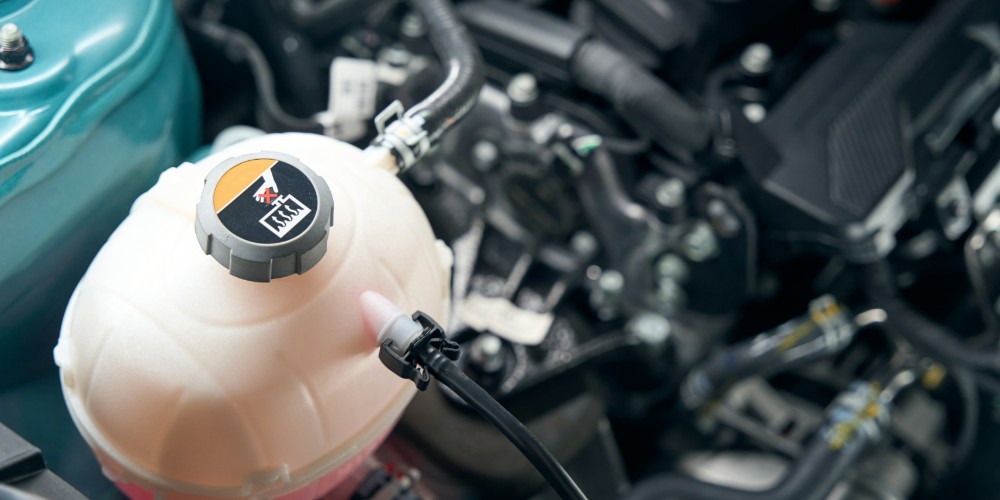In recent years, the automotive industry has seen a significant shift towards more environmentally friendly and fuel-efficient vehicles. Among these, hybrid and plug-in hybrid cars have emerged as popular choices for consumers looking to reduce their carbon footprint and fuel costs. However, despite their similarities, there are distinct differences between hybrid and plug-in hybrid vehicles that potential buyers should understand.
What are hybrid cars?
Hybrid cars, officially known as hybrid electric vehicles (HEVs), represent a significant stride towards sustainable motoring, combining the traditional internal combustion engine (ICE) with electric propulsion. This innovative amalgamation aims not only to enhance fuel efficiency but also to minimise the environmental footprint of vehicular travel.
By integrating the best of both worlds—the reliability and range of gasoline engines with the clean, efficient power of electric motors—hybrids offer a compelling middle ground for those not ready to transition fully to electric vehicles (EVs).

The mechanics behind hybrid cars
At the core of a hybrid vehicle’s technology is the dual-engine system, comprising an ICE and one or more electric motors powered by batteries. This setup allows hybrids to exploit the strengths of each power source. The electric motor, for instance, can propel the car at low speeds or provide a boost during acceleration, reducing the demand on the gasoline engine and thus saving fuel.
One of the standout features of hybrid cars is regenerative braking, a process that captures energy normally lost during braking. Instead of dissipating as heat, the kinetic energy from the vehicle’s motion is converted into electricity, charging the battery as the car slows down. This ingenious recovery mechanism enhances the overall efficiency of the vehicle by reusing energy.
Another key element is the automatic start-stop system, which temporarily shuts off the ICE when the vehicle is idle (e.g., at traffic lights) and restarts it when needed. This feature further reduces fuel consumption and emissions during city driving, where stop-and-go traffic is common.
Types of hybrid cars
Hybrids come in various configurations, each designed to balance efficiency, performance, and cost. The two primary types are:
- Parallel hybrids: In this most common setup, both the ICE and the electric motor can drive the car either together or independently. The Toyota Prius is a quintessential example of a parallel hybrid, where the system seamlessly switches between power sources based on driving conditions.
- Series hybrids: Less common, series hybrids use the ICE exclusively to generate electricity for the motor that drives the wheels. This means the gasoline engine does not directly propel the vehicle. Instead, it charges the battery that powers the electric motor. This configuration is often found in vehicles where optimal efficiency at varying speeds is crucial.
🚗 Check out this guide: How to drive a hybrid car for the best fuel economy.
Delving into plug-in hybrid cars
Plug-in hybrid electric vehicles (PHEVs) take the concept of hybrid cars a step further by featuring a larger battery that can be charged externally from the electrical grid. This capability allows PHEVs to drive significant distances on electric power alone, blending the benefits of fully electric vehicles with the range and convenience of traditional ICE cars.
How plug-in hybrid cars work
The distinguishing feature of plug-in hybrids is their ability to operate in all-electric mode, thanks to their larger battery pack. When the battery is fully charged, a PHEV can travel a considerable distance without using any petrol, making short commutes and city driving extremely efficient. Once the battery’s charge is depleted, the car automatically switches to hybrid mode, ensuring that the driver is not stranded without power.
Benefits of plug-in hybrid cars
Plug-in hybrids offer the best of both worlds: the efficiency and low emissions of electric driving for short distances and the long-range capability of a petrol engine for longer trips. They are particularly appealing to drivers who have access to charging facilities at home or work but still require the flexibility to travel longer distances without worrying about the availability of charging stations. Moreover, PHEVs can benefit from lower tax rates and may be eligible for government grants and incentives aimed at promoting cleaner vehicles.

Comparing hybrid and plug-in hybrid cars
While both hybrid and plug-in hybrid cars are designed to reduce fuel consumption and emissions, there are notable differences in their operation, cost, and overall impact.
Performance and efficiency
Plug-in hybrids generally offer better fuel efficiency than traditional hybrids when regularly charged, thanks to their ability to operate on electric power alone for everyday driving. However, if a PHEV is not charged and is used primarily on its petrol engine, its efficiency advantage diminishes.
Environmental impact
Both types of vehicles reduce emissions compared to conventional cars, but PHEVs have the potential for even lower emissions if charged with renewable energy. However, the environmental benefits of both depend significantly on driving habits and the source of electricity for charging PHEVs.
Cost considerations
Plug-in hybrids usually have a higher upfront cost than hybrid cars due to their larger battery packs and more complex technology. However, potential savings on fuel and tax incentives can offset the initial price difference over time. The overall cost-effectiveness of hybrid and plug-in hybrid cars depends on individual driving patterns, fuel prices, and the availability of charging infrastructure.
The road to greener driving
Choosing between a hybrid and a plug-in hybrid car ultimately depends on one’s driving habits, budget, and access to charging facilities. Both options represent steps towards more sustainable and economical driving, offering benefits over traditional petrol or diesel cars. As the automotive industry continues to evolve, the distinctions between these types of vehicles may become less pronounced, but for now, understanding the differences is crucial for making an informed decision.
🚗 Looking for hybrid car finance? We can help with that.





